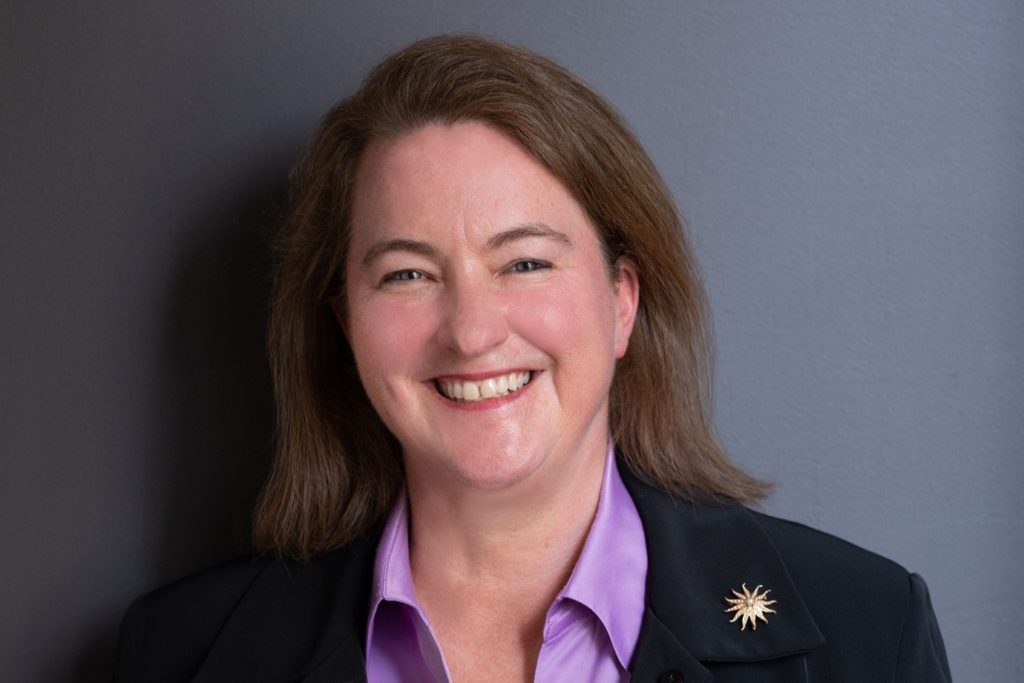Women earn 86 cents for every dollar men earn working in the Commonwealth public sector, a new report from the Workplace Gender Equality Agency (WGEA) has found.
Today, WGEA has launched the Commonwealth Public Sector Gender Equality Scorecard: Key Employer Results from 2022. It is the first time the Agency has compared results of the gender pay gap and overall gender equality between Australia’s private sector and the Commonwealth public sector.
The report found the total remuneration average gender pay gap in the Commonwealth public sector is 13.5 per cent, 8.2 percentage points lower than the gender pay gap in the private sector, which is 21.7 per cent.
This means that women working full-time in the federal public sector on average earn $19,000 less than their male counterparts.
There are mixed results from the Scorecard, but CEO of WGEA Mary Wooldridge said there is one significant takeaway from the report.
“A key message from this first Commonwealth Public Sector Gender Equality Scorecard is that good policies alone do not translate into outcomes. Positive change takes thought and deliberate action,” Wooldridge said.

What are the other findings?
In the Commonwealth public sector, the “mid-point” of employer gender pay gaps is lower than that of the private sector: 50 per cent of employers have a median total remuneration gender pay gap above 6.9 per cent. This is compared to 9.1 per cent in the private sector.
On the whole, management positions in the Commonwealth public sector are gender-balanced. In fact, close to half (48 per cent) of all employers have a gender-balanced management team, 21 per cent have a management team dominated by men, and 31 per cent have a management team dominated by women.
In the private sector, 27 per cent have a gender-balanced management team, 57 per cent have men-dominated management, and 23 per cent have women-dominated management.
Full-time workforce participation, especially for women, is better in the Commonwealth public sector than in the private sector. Three quarters (75 per cent) of employees in the Commonwealth public sector work, compared to 54 per cent in the private sector.
Whilst 59 per cent of women working in the private sector work part-time or casually, women working in the Commonwealth public sector are much more likely to work full-time (73 per cent).
However, it is more likely for men to be in higher paid roles than women in the public sector: men are 2.5 times more likely to be in the highest paying quartile, compared to 1.9 times in the private sector.
There are also issues with men taking parental leave in the public sector: out of the employees taking either universal or primary carer’s leave, just 11 per cent were men. This is compared to 14 per cent in the private sector.
Almost every employer (99 per cent) offers paid parental leave, however, in the Commonwealth public sector, just 13 per cent offer it universally, that is, without labels of “primary” or “secondary” carer. This is much lower than the private sector (21 per cent).
What does it mean? And what’s next?
CEO of WGEA Mary Wooldridge said while there are some positive takeaways from the Scorecard, it is clear that more needs to be done “across all employers”.
“The Scorecard shows the Commonwealth public sector has benefited from clearly articulated commitments and sector-wide reforms in areas the private sector finds difficult to change, such as gender balance in management positions,” Wooldridge said.
“Commonwealth public sector employers are also taking actions to deliver flexibility that helps empower more women to take leadership roles and drives gender balance in key management positions.
“But more does need to be done across all employers to continue to reduce the gender pay gap, including to combat stereotypes that deter men from taking parental leave and around women in non-manager roles.”
From today, the individual gender equality outcomes for the 116 Commonwealth public sector employers that reported to WGEA for the Scorecard will be on WGEA’s website.
In February this year, WGEA released the median gender pay gaps of more than 5,000 Australian businesses. It was the first time gender pay gaps within organisations were ever made public.
Today’s report does not show individual gender pay gaps within Commonwealth public sector employers, but WGEA are expected to publish these in early 2025.


